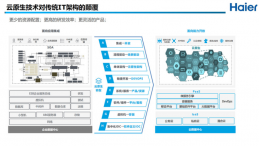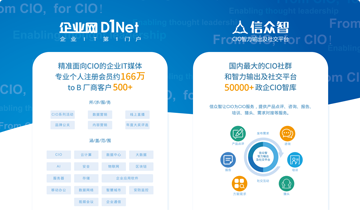Huntsville, Alabama-based ADTRAN Inc., developer of multi-functional networking devices, announced its first foray into the increasingly heady world of unified communications.
Rather than taking a tentative, toe-in-the-water approach ADTRAN is unveiling a suite of four related products, targeted at customers of varying sizes, with and without existing PBXs.
Chris Thompson, ADTRAN's senior product manager for voice products, enumerated them for Enterprise VoIPplanet in a pre-announcement briefing:
"Heading the list is the NetVanta Unified Communications Server. It's specifically designed to work with third-party PBX systems, whether traditional TDM or IP. So it is an adjunct to an existing system," Thompson said.
"Next is the The Business Communications System, which is a combination of the NetVanta 7100 or 7060 systems [see our coverage here and here] and the UC Server just mentioned." This solution is designed to serve 100 or fewer users, and comes pre-licensed for up to 100 users, Thompson explained.
"The third product we're announcing is Enterprise Communications Server. Unlike the UC Server that is bundled with a NetVanta 7000 series or the standalone UC Server, the Enterprise Communications Server has the integrated PBX functionality, so you eliminate the need for a NetVanta 7000 series device." This solution, according to Thompson, "will scale much larger than the NetVanta 7000 series-based solution—up to 2,000 users.
Rounding out the suite is the NetVanta Business Application Server. "Its function is to provide computer-enhanced business process (CEBP) types of offerings. It interfaces with an existing TDM or IP PBX that a customer might already have, and allows them to integtrate fax servers, IVRs, and integrate with databases that might be existing at the business," Thompson explained.
The Application Server is included in the other three offerings; ADTRAN makes it available as a separate add-on for customers that already have the other functionalities in place.
The suite was designed to be marketable in all four of the technology reseller channels, ADTRAN's senior technology analyst Dave Schenkel chimed in: "The telecommunications reseller channel, the mainstream IT channel, the converged channel (which has one foot in the telecoms space and one in the IT space), and the network services provider channel. We have something for all of them," he said.
Schenkel emphasized that the UC Server and the rest of the tools were designed to be extremely easy to deploy and to use. "It's all Microsoft based," he told Enterprise VoIPplanet. "If you use Active Directory, it's designed to leverage all the information in Active Directory. All of the hookup into user accounts is done automatically, as is the connection to things like Exchange accounts."
As to deployment, in contrast to some popular IP PBXs that take between one and four hours to set up, "if you know what you're doing, you can install a system in under 20 minutes. Our goal was to allow you to deploy—including putting a phone in—in about 15 minutes or less," Schenkel said.
At our request, Schenkel drilled down on the Business Applications Server. "One of the key value propositions of that product is that it has a service development environment that we use to develop auto attendants, inbound IVR services and outbound calling services, pre-screening services, one-number services. We even push all those services down to the desktop so that end-users can deploy their own services and design them themselves—or they can be created for them by an administrator or a contractor."
In fact, the whole UC Server environment is designed to be, as Schenkel puts it, non-programatic. "Everything about NetVanta UC is non-programatic—drag and drop or point and click. We literally have administrative assistants and end users using this service development environment."
Moreover, according to Schenkel, the product works on every Microsoft operating system—every server from Small Business Server through Windows Essentials Server and up into the Enterprise servers. It will actually even run on desktop operating systems.
While, as mentioned, the Enterprise Communications Server supports up to 2,000 users, ADTRAN is very much focused on the needs of small and medium enterprises (SMEs), which, up to now, have not been big adopters of UC.
"There's very low penetration of fax servers, which we provide; there's very low penetration of UM; there's almost non-existent deployment of inbound IVR and outbound calling services." Schenkel said. "Nobody is doing this in SMEs."
The expanded communications functionalities brought to the party by ADTRAN's Unified Communications Server, include unified messaging, voice-mail-to-e-mail, built in fax server capability, and the services development environment—"to allow you to build all the auto attendants and pre-screening services and redirections and one-number services and inbound and outbound IVR services," Schenkel summarized.
What it does not currently offer—which many would consider central to unified communications—are instant messaging and presence. "Of course we have phone-based presence," Schenkel explained. "But that's part of our plan for 2010, to integrate IM and to federate presence, using all the standard tools out there."










































































































 京公網安備 11010502049343號
京公網安備 11010502049343號